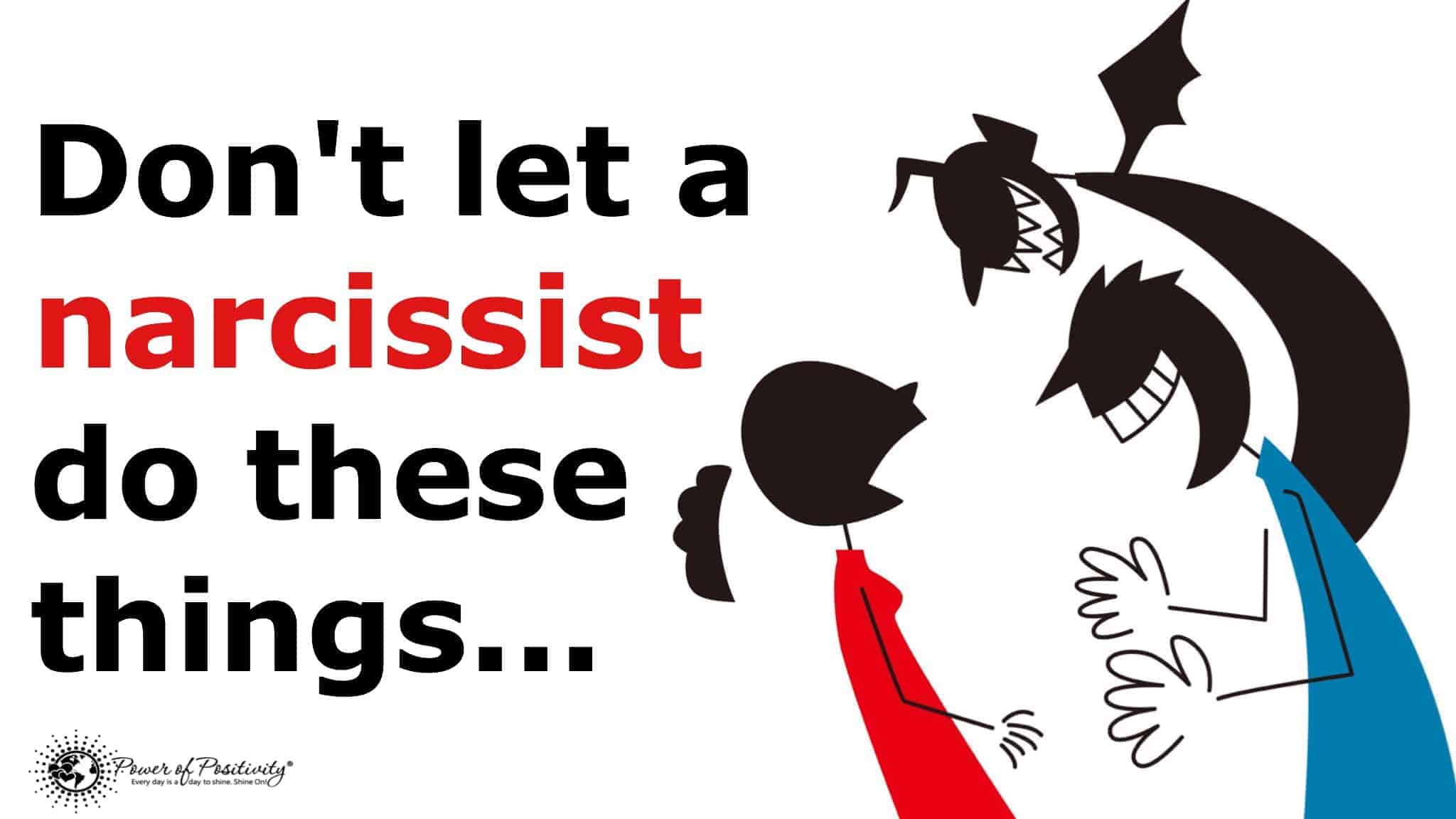The DSMIV cites as an “essential feature” of the narcissist a “lack of empathy that begins by early childhood and is present in a variety of contexts.” If lack of empathy isn’t a hallmark of an antisocial individual, then what is? – Stanton E. Samenow, Ph.D.
For the layperson, the word “narcissist” is often used without proper context. Associated with self-absorption and selfishness, the textbook definition of narcissism is used in a way that can apply to pretty much everyone with a pulse. However, some people are much more inclined to narcissistic behavior than others.
Perhaps there is no other way this misconception can be illustrated better than a narcissist’s relationship with others. This relationship – a word used in the loosest way possible – commonly involves deceitfulness, lack of empathy, and deliberate exploitation. These relationships are usually harmful to the well-intentioned person. But you place misguided trust in a person lacking the ability to reciprocate such an emotional investment.
As decent people, it is beneficial that we’re able to identify and understand the traits of narcissists. None of us want to be exposed and abused, especially by a person whose preconceived actions and behaviors are designed to provoke the same.
It is our right to be loving and courteous, not doubtful and hesitant. We have the utmost right to protect ourselves from those who wish to harm us, whether such harm is intentional.
With this in mind, we believe it is beneficial to present certain scenarios that one may encounter with a potential narcissist. One of the things for which narcissists are well-known is taking advantage of people; hence, the purpose of this article.
Here are five ways that a narcissist may try to take advantage of you:
1. Cognitive Dissonance
It is common for a narcissist to mask his/her true identity with a false self. Basically, this is designed to be a sort of presentation to the world – a well-designed impetus to acquire much-needed attention and admiration. Never mind that such attention and admiration is undeserved; in fact, it’s quite likely the opposite.
Unfortunately, this deceptive tactic often works. People are frequently unable to fully understand the true nature of a narcissist – as a person that lacks empathy and interest in other human beings. Instead, they see someone that is charming, sweet and caring.
As a result, victims of narcissists are likely to suffer a good deal of cognitive dissonance. They often try and rationalize the “charming, sweet and caring” person with the outlandish and hurtful behaviors that the narcissist constantly subjects them to. The end result is that victims may end of blaming themselves while overlooking the narcissist’s true identity.
2. Emotional Puppeteering
Also known as triangulation, narcissists often manipulate emotions via the insertion of another person into the relationship. In essence, this alters the relationship dynamic and is an attempt to both provoke jealousy and maintain control.
Triangulation generally works as follows: another problem arises in the relationship, and the narcissist doesn’t feel obligated to help solve anything. Seeing an opportunity, the narcissist will (often) manipulate the emotions of another in order for them to communicate with the “problem person” – aka, the victim.
The objective? To make the victim feel as if they must “compete” for their affections. Narcissists commonly say, “I wish you’d be more like him/her,” “He/she would never treat me like this.” Such statements provoke feelings of insecurity and uncertainty in the victim; often leaving them wondering where exactly they fit into the narcissist’s life.
3. “Shape-shifting”
Narcissists love when someone strokes their ego. Besides that they often keep around a “collection” of people to do just that. Even a narcissist realizes that – for people to “accommodate” you – you must maintain some goodwill. To achieve this goodwill, a narcissist will often “shape-shift,” or embody a new persona to please people and get what they want. Namely, constant admiration and stroking of their ego.
Quite simply, it is not normal behavior to alter personas from one person to the next. Observing this tendency should be a telltale sign that the person is unauthentic and best, and narcissistic at worst.
4. “It’s not me, it’s you”
Narcissists will do any say anything to cloud another’s judgment on their abnormal behavior. After subjecting their victim(s) to abuse – emotional and/or psychological, most likely – they’ll seek to invalidate and criticize any resistance to their actions. Common phrases include “You’re too sensitive,” “You’re too serious,” or “You’re misunderstanding me.”
Narcissists pride themselves on being emotional chameleons. When it comes to abuse, they’d like nothing more than for the victim to dwell in negativity and misguidedly blame themselves for the narcissist’s actions. The ultimate goal of a narcissist is to evoke a sense of self-doubt within their victims; as this self-doubt permits them more time to inflict their will.
5. The Idealization-Devaluation-Discard Cycle
Narcissism encompasses antisocial views and behaviors. This is most evident in relationships with romantic partners, of which there are often many. In nearly every case, the narcissist will put their partner through a cycle of idealization, devaluation, and discarding.
Idealization involves making their partner the centerpiece of their life. During this phase, they’ll be charming, courteous, and praising. They’ll flatter someone with this phase, and make their victim think they found their soulmate. In return, they’ll receive the admiration and attention that they constantly need.
Suddenly, the narcissist will begin to create feelings of “hot and cold,” where they continue the idealization phase to a small extent while criticizing their victim and often withdrawing from them. Predictably, the narcissist will manipulate the victim’s emotions in an attempt to maintain control. This period is often wrought with emotional and psychological abuse.
Finally, the narcissist believes their job to be done and subsequently pulls out of the relationship. But not before demeaning and disrespecting their victim in some terrible way; often by leaving them for someone else, humiliating them in front of others, or simply ignoring them for days on end.



















